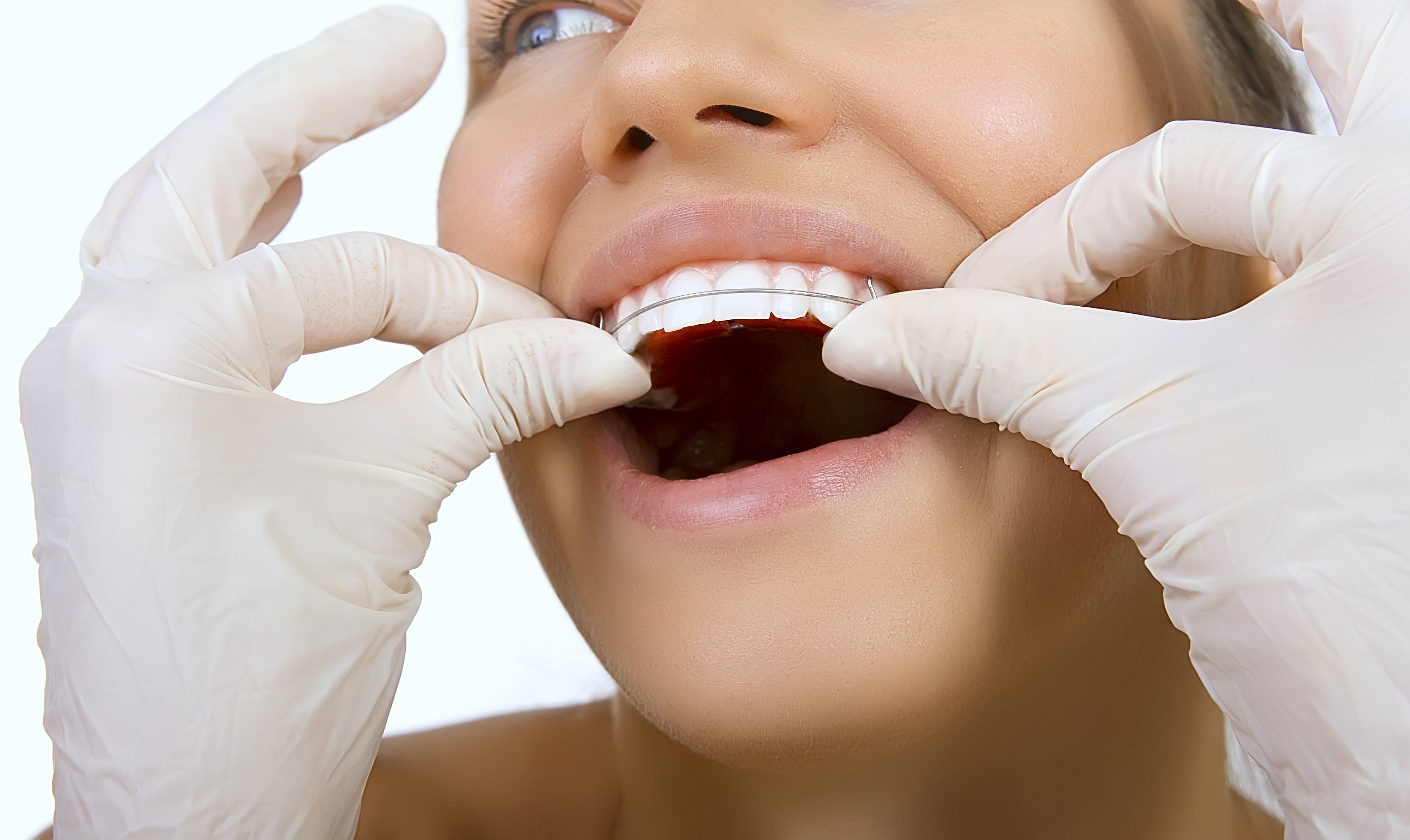
Orthodontics offers an extremely varied range of appliances which all offer different solutions. The most common removable appliance is called a plate. The orthodontist will be able to decide which treatment is best for your child but it is helpful to know the difference between how braces and plates work as well as what the advantages and benefits of a plate are.
What is a plate?
In orthodontics, a plate or a retainer is a device that fits around the top and/or bottom teeth. The three types typically prescribed by orthodontists are acrylic, plastic and fixed. A plate makes use of springs and wires to push teeth into positions or hold them in place as the adult teeth begin to erupt. Because these wires and springs are not attached to the teeth, the plate is removable, unlike braces.
The fact that it can be removed is advantageous because it means that the child can take it out and clean it easily. However, for the best results from a plate, the child needs to be committed to wearing the plate as often as the orthodontist recommends.
There are also more complex removable plates that are known as functional appliances. They serve to modify the direction that the teeth and jaws are growing in, particularly for those whose upper teeth are protruding.
Some people also refer to their retainer as a plate. This is a removable plastic appliance to be worn at night once the orthodontic treatment has concluded.
When will the orthodontist recommend a plate?
Plates are most commonly worn by younger children as a treatment for minor crowding or bite problems which is different to braces, which can fix both simple and complex problems and can be applied at almost any age.
Children between 8 – 10 who only need simple orthodontic treatments are those most likely to be recommended a plate. This being said, braces are often a better option for even young patients as they can generally fix issues much more efficiently and straighten all types of crooked teeth.
It is vital to remember that your child will be responsible for wearing, cleaning and not losing their plate which is much easier for some than others. When considering orthodontic options for your child, their self-discipline with being a core part of the final treatment option selected.
What are the benefits of early orthodontics for kids?
The early orthodontic intervention takes advantage of the fact that a child’s jaw is still growing. Plates are most commonly used to make smaller corrections and can be used as early as the first phase of treatment. Early orthodontics can help to reduce the number of cosmetic corrections required later in life.
Braces are still usually required in the second phase of treatment during teenage years, but an initial early treatment can help to prevent the need for more extreme orthodontics in their second phase.
The importance of a plate after orthodontic treatment
Once orthodontic treatment is complete, a plate/retainer is vital to the continued maintenance of teeth and will work on keeping the same bite and smile that the braces formed previously. A plate is formed by mold or impression of the newly aligned teeth to help keep them in that perfect position. Most often it needs to be worn for several years, if not indefinitely.
A fixed retainer is usually the thin wire that is placed along the back of the lower or upper teeth and bonded in place with cement.
Removable retainers/plates combine the wire to the plate that is inserted into your mouth. Removable retainers/plates to make it easier to clean your teeth but it needs to be worn daily, with the initial three month period of it being worn day and night. If no movement is detected, then the retainer/plate can be worn only at night and for a few hours during the day.
If you believe that your child may be in need of a plate or any other early orthodontics, contact Smart Smile Orthodontics to book an appointment today.
Don’t forget to share this via Twitter, Google+, Pinterest and LinkedIn.
